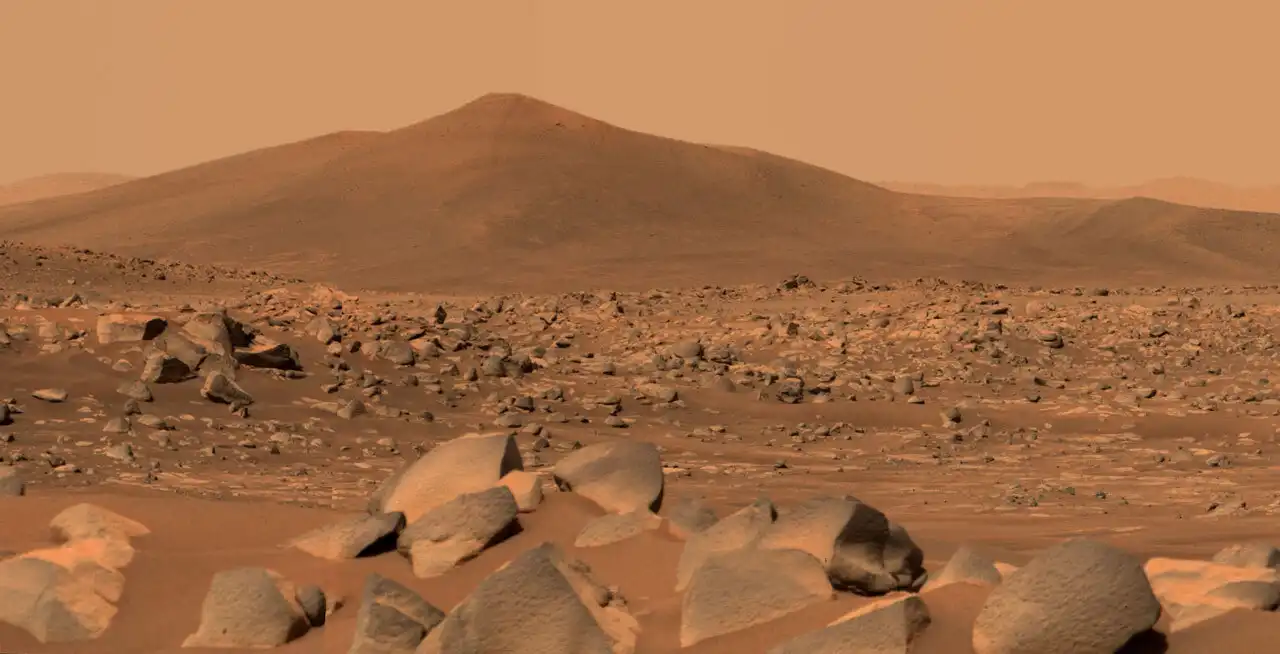The Mars Architecture studio workshop by PAACADEMY is devoted to exploring the computational design capabilities applied to space architecture.

Why Mars?
Is Mars the new frontier of humanity has been the question accompanied by debates. The insatiable quest for life is the main motivation of human beings to explore a promising future on this identical twin of the Earth. Currently, we are able to become inter-planetary civilizations, understand life’s origins, ubiquity and confronting myths, and contemplate alternate stories about the universe. Mars is a perfect target because of the same length of day as Earth, water ice on its surface, and aiding to industries such as medicine or agriculture.
The colonization of Mars in the future would push humanity to its limits, contributing greatly to the excellence of space tourism as a by-product; delivering the feeling of weightlessness, viewing the entire planet, and watching the stars from beyond the earth.
A quote from Sagan: “Whatever the reason you’re on Mars, I’m glad you’re there, and I wish I was with you.”
“If the human race is to continue for another million years, we will have to boldly go where no one has gone before,” Hawking said in 2008 at a lecture series for NASA’s 50th anniversary.
“I think it would be great to be born on Earth and to die on Mars. Just hopefully not at the point of impact.” Elon Musk
“Only by pushing mankind to its limits, to the bottoms of the ocean and into space, will we make discoveries in science and technology that can be adapted to improve life on Earth.” >>> British doctor Alexander Kumar wrote that in a 2012 article for BBC News where he explored the pros and cons of sending humans to Mars
The Mars Architecture studio workshop by PAACADEMY is devoted to exploring computational design capabilities applied to space architecture.
The workshop aims to design a resilient and sustainable infrastructure for human missions on Mars. This new design challenge requires a new holistic design approach in which computational design plays a key role. Indeed, Space Architecture relies on some fundamental pillars that are intrinsically interconnected: space sciences, engineering, industrial design, ergonomics, medicine, psychology, and art.
Students will be challenged to work in teams within a cross-disciplinary environment at different scales, from urban to architecture and interior design, relying on the knowledge and technologies developed for space applications. A challenge for both space and terrestrial architectures is to consider the relationships between human activities and the resources which support them.
The Mars Architecture Workshop will bring a new computational design approach to this design challenge in order to sustain human space exploration on Mars.
No comments found.